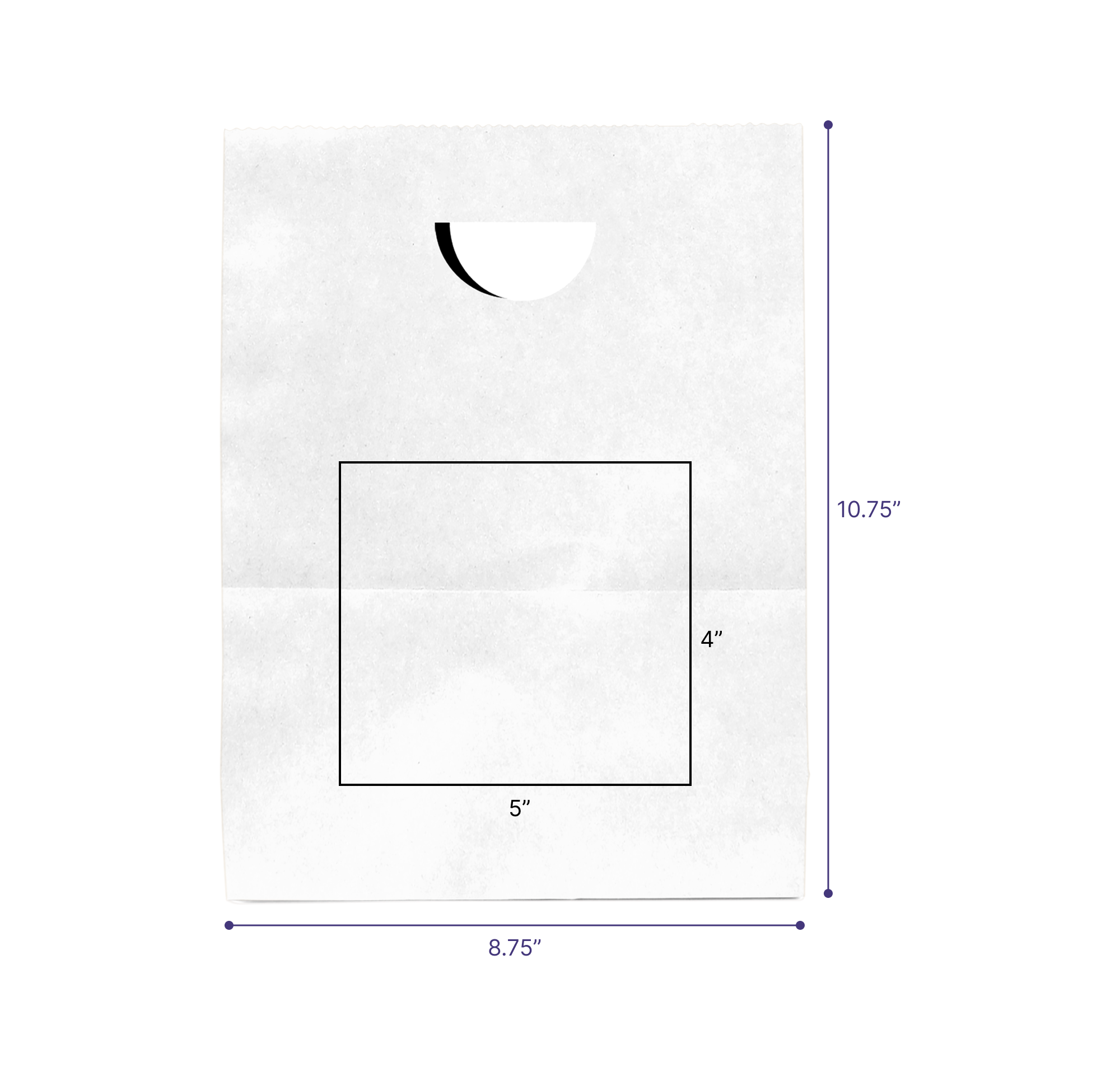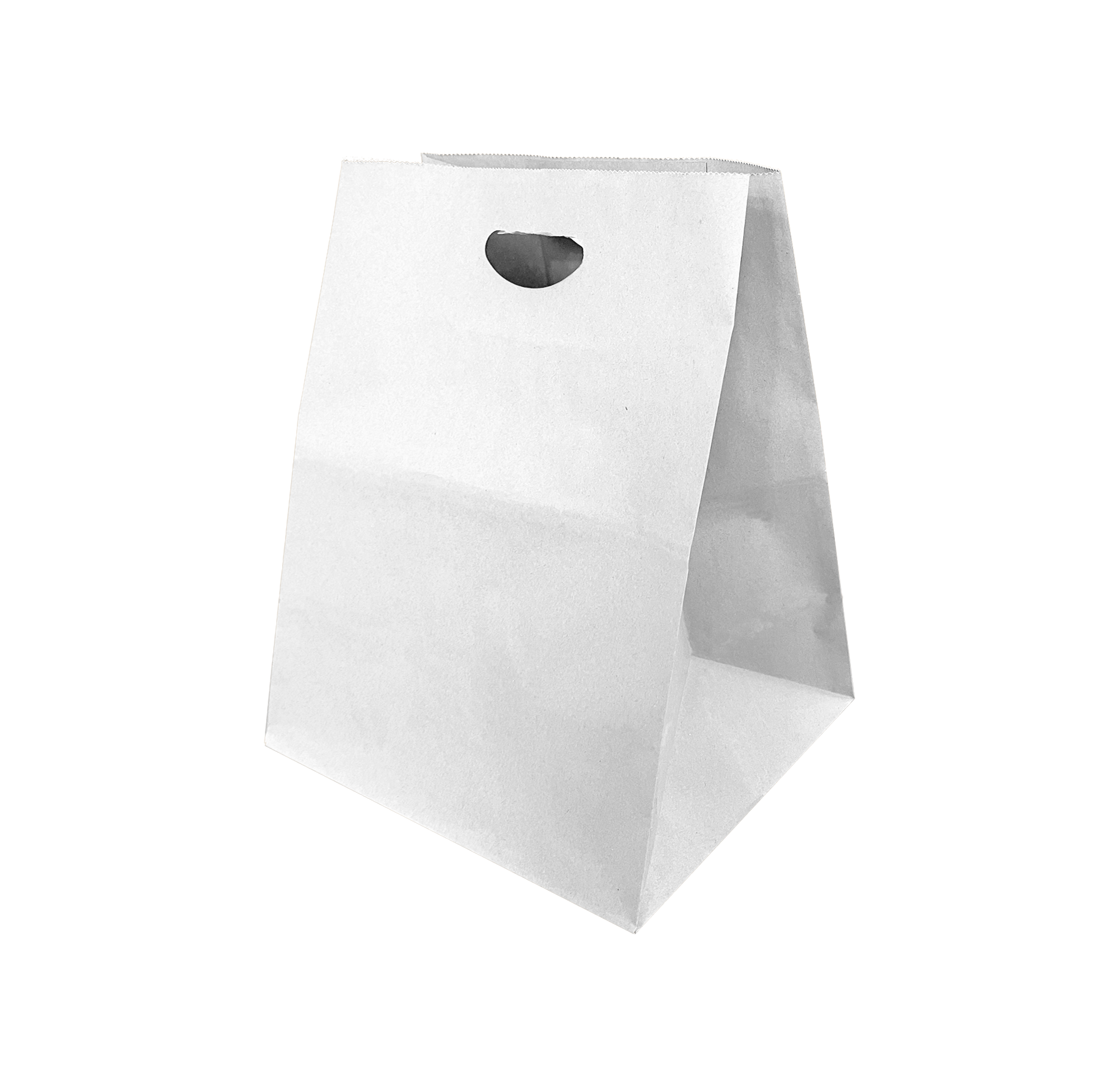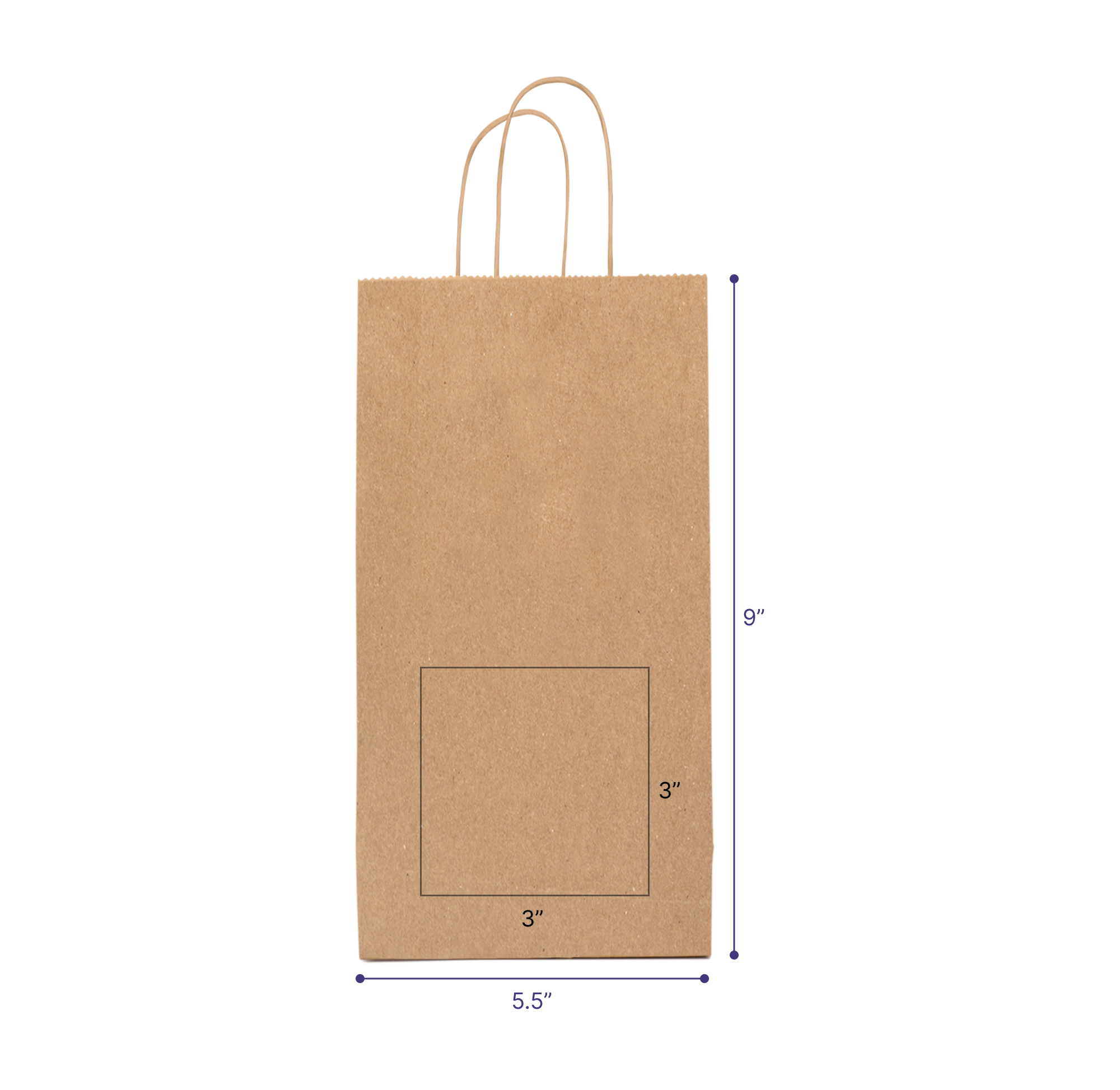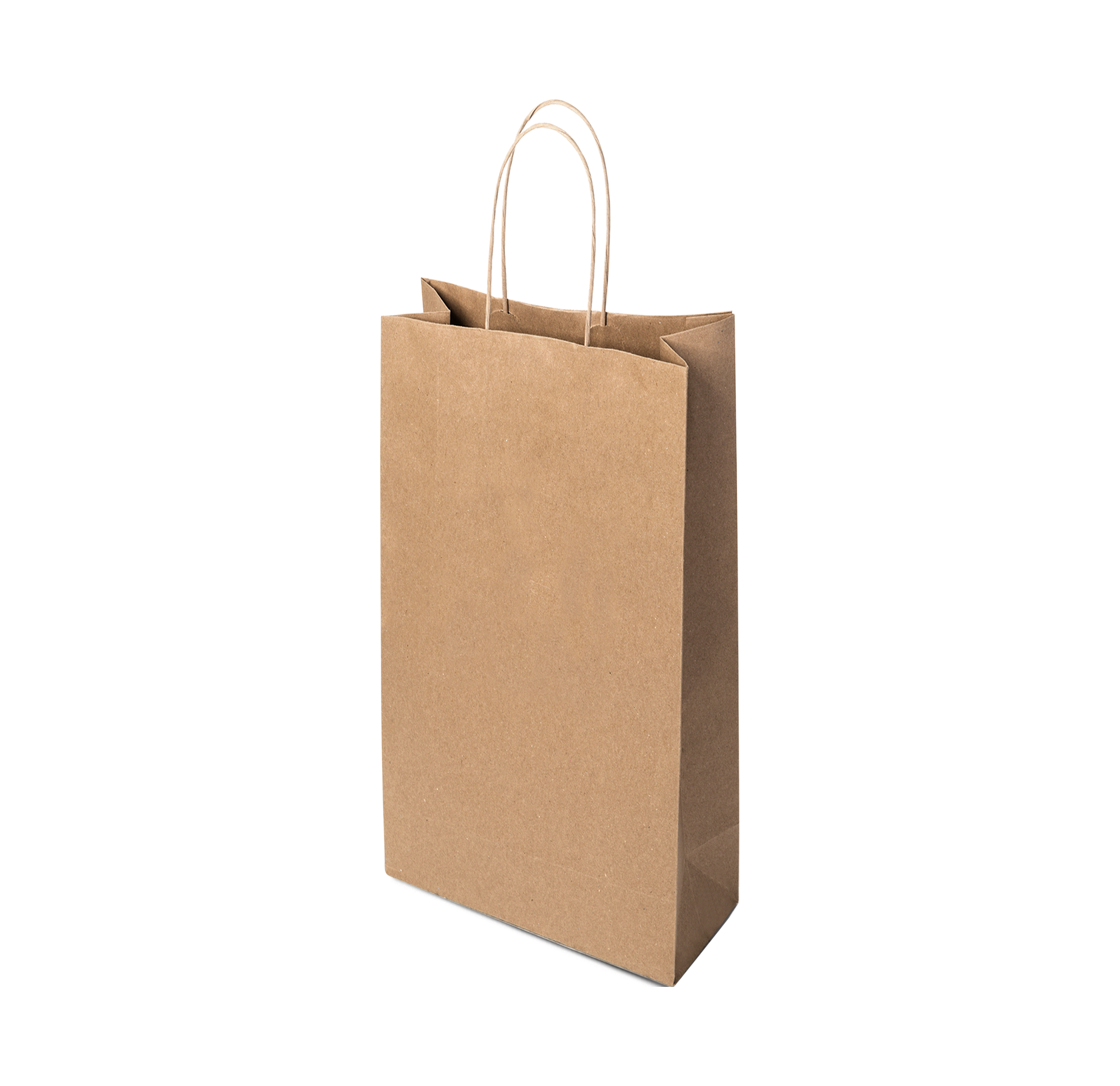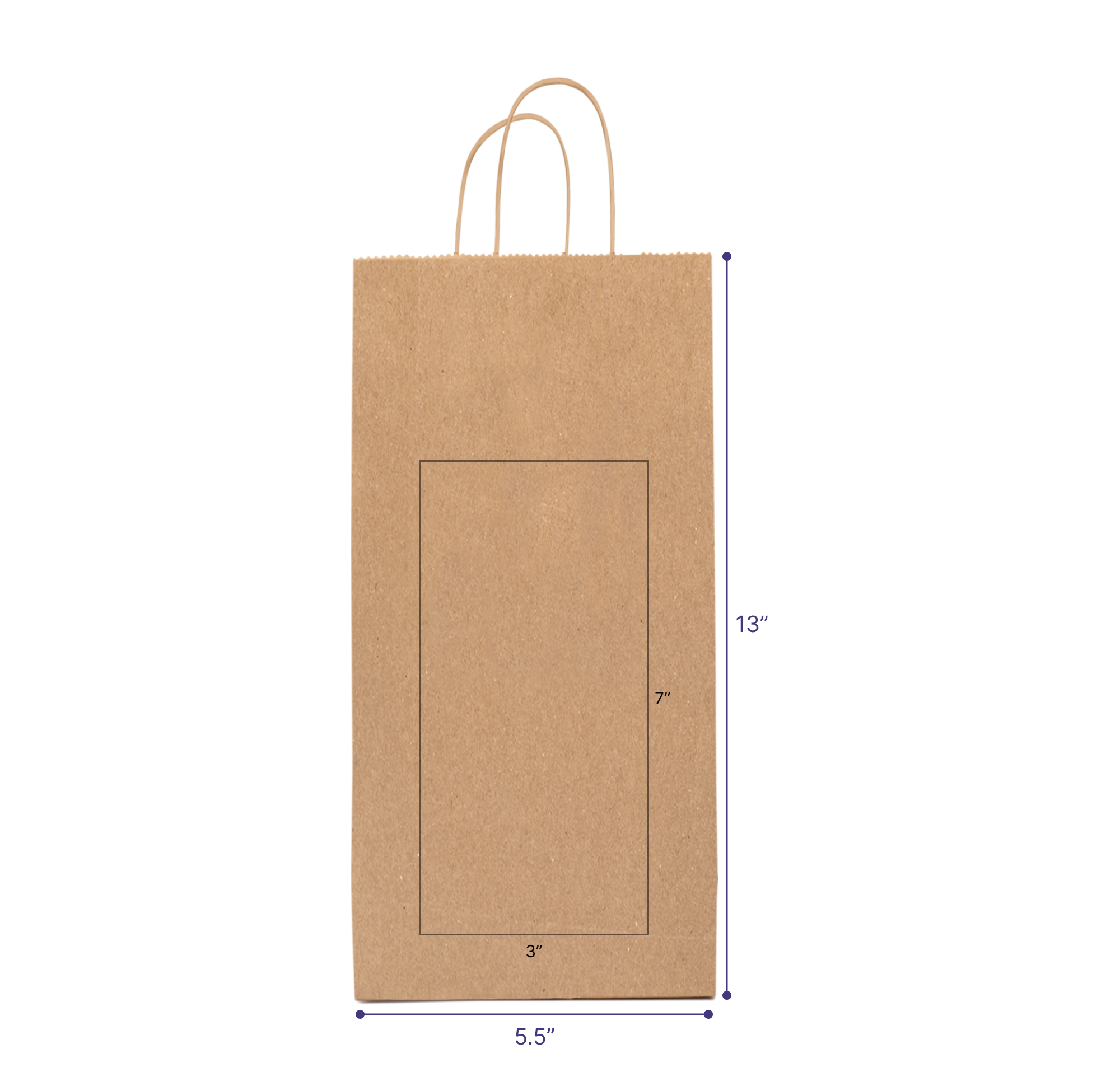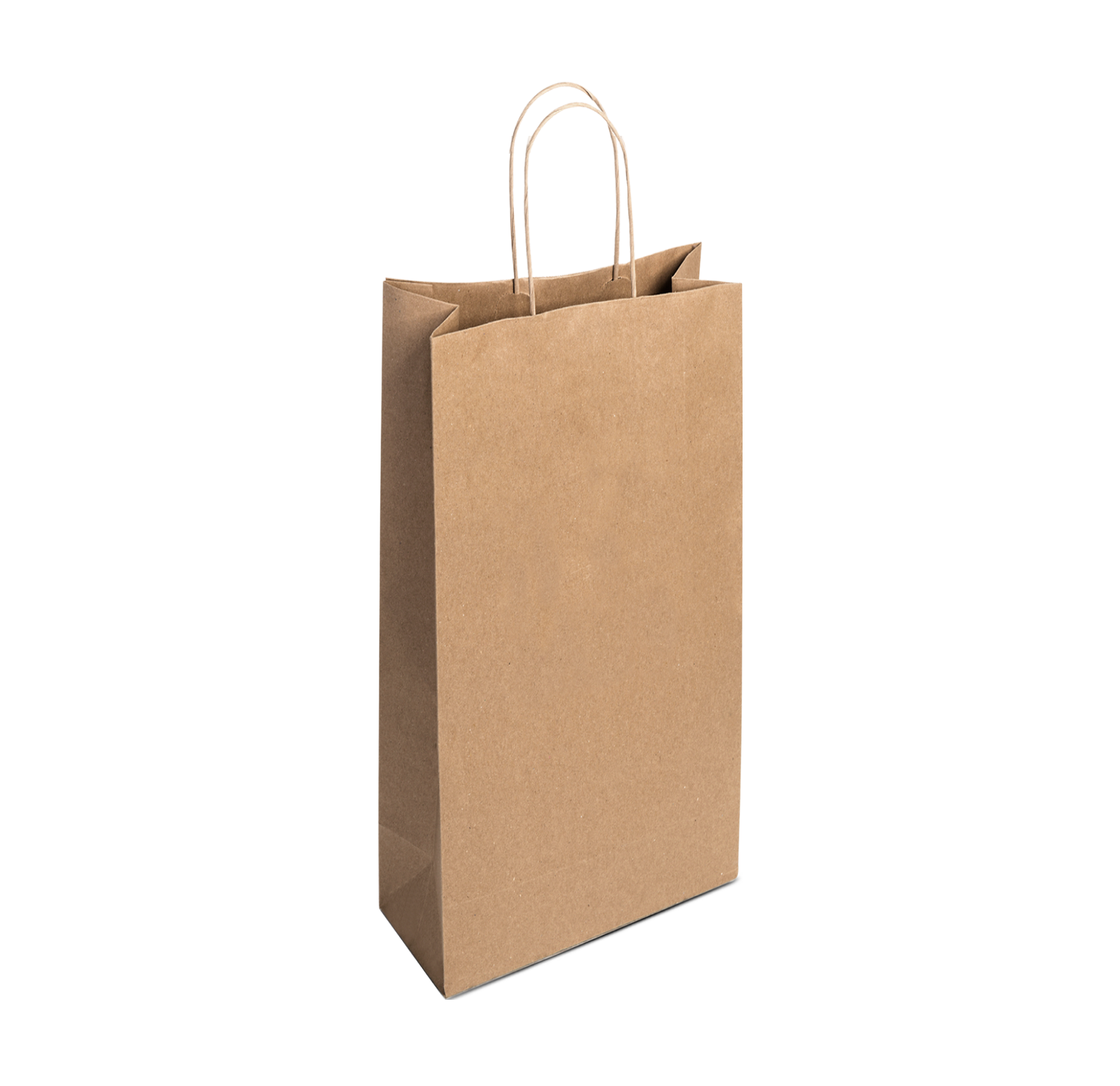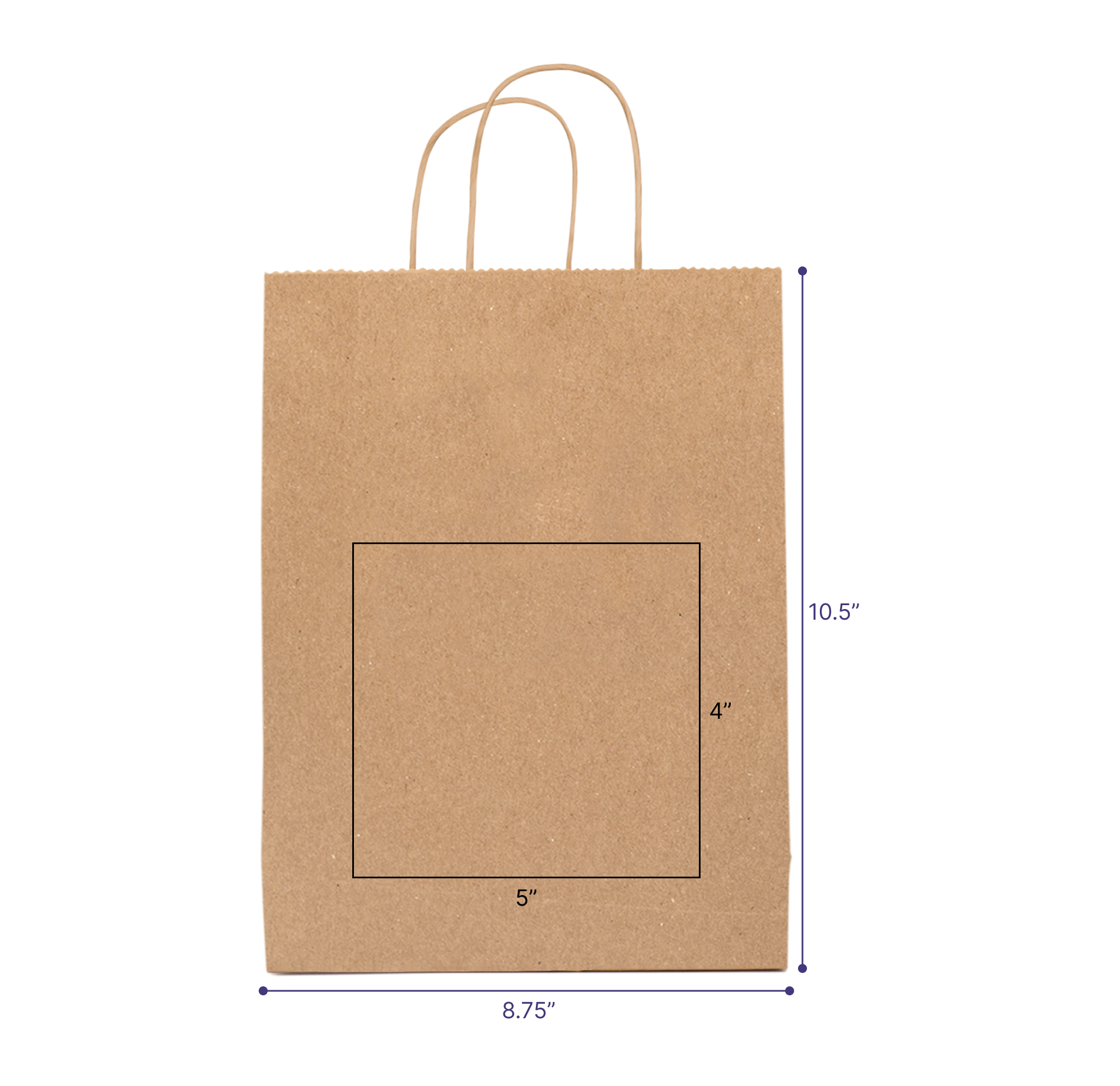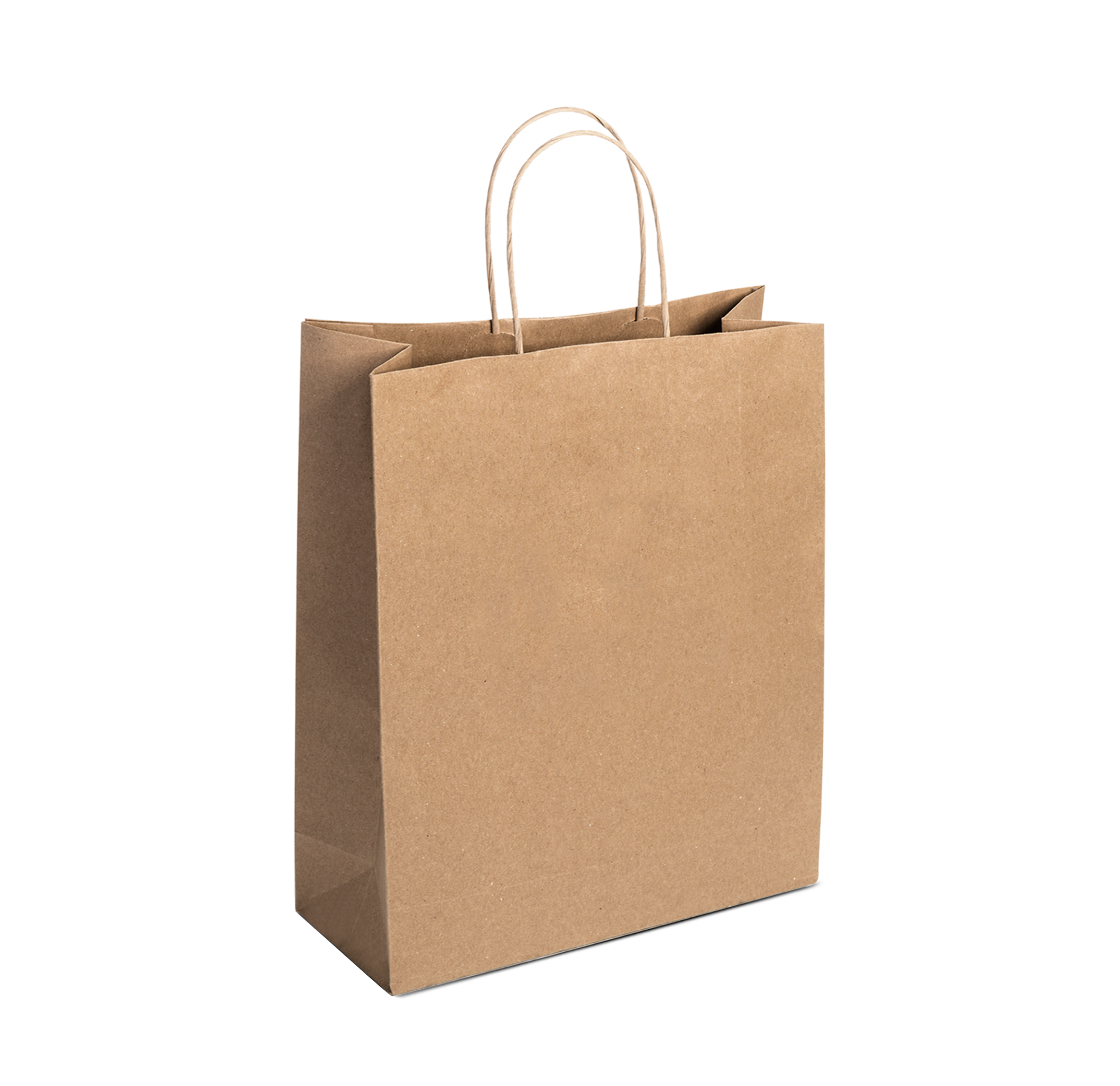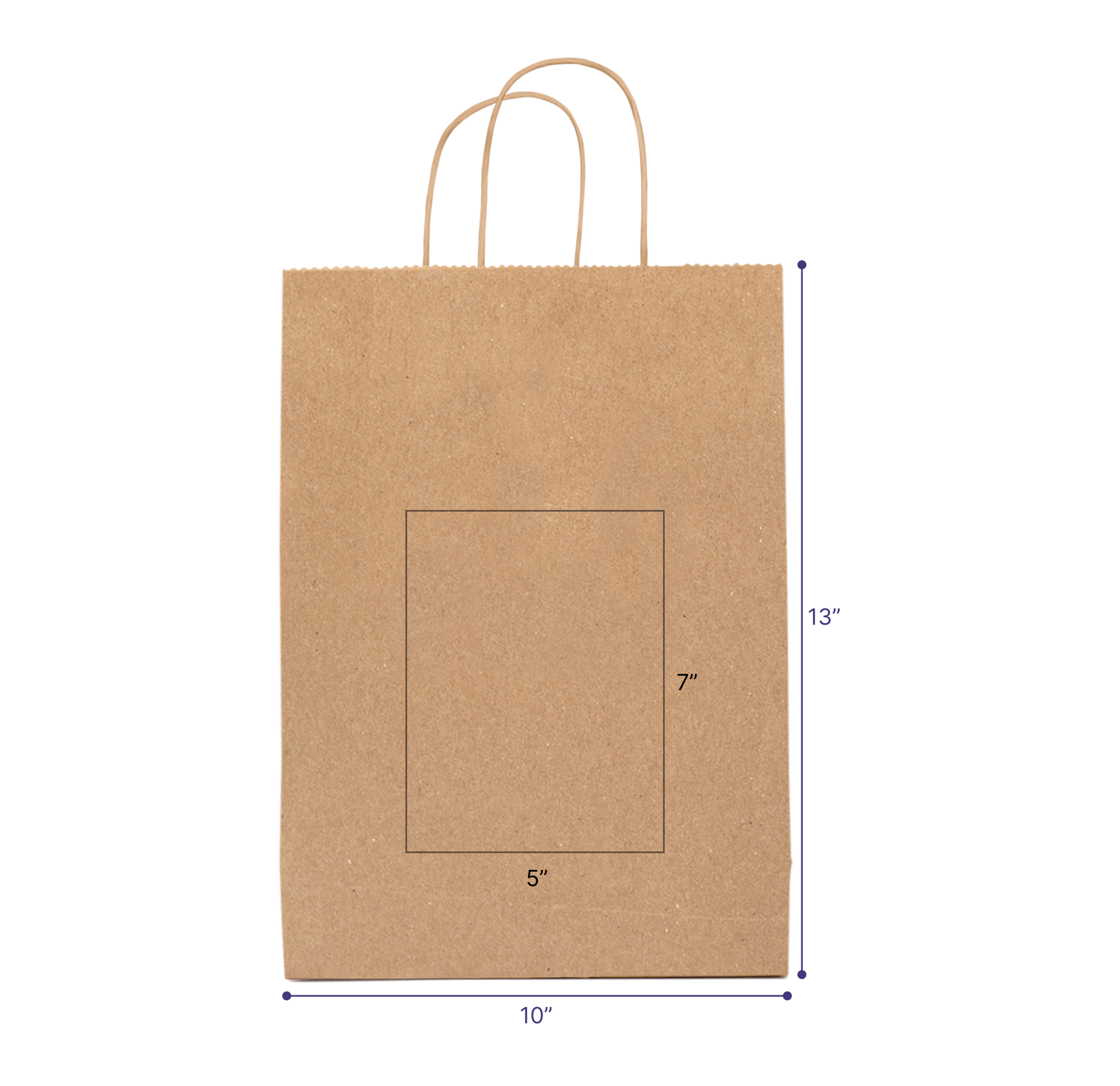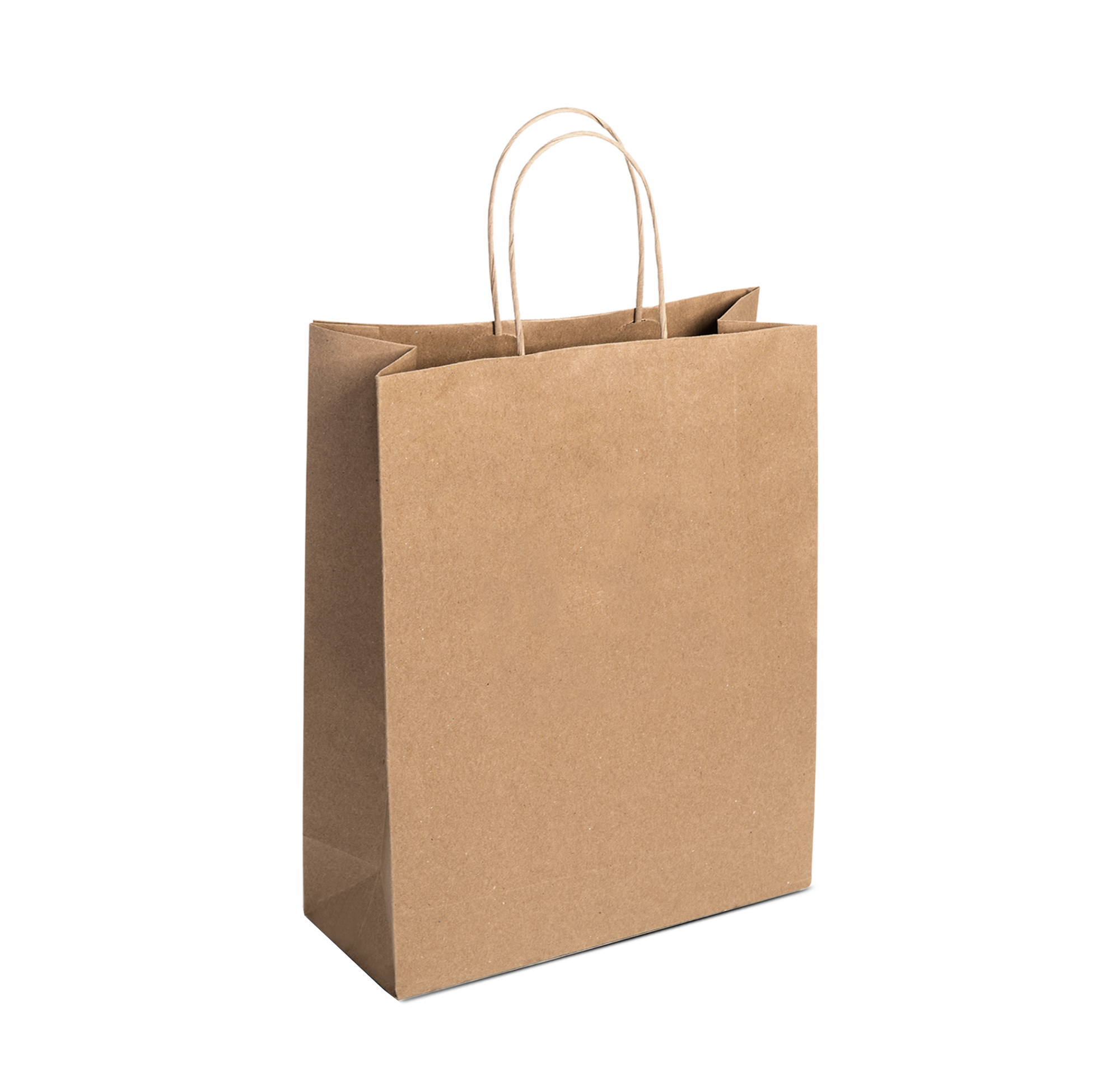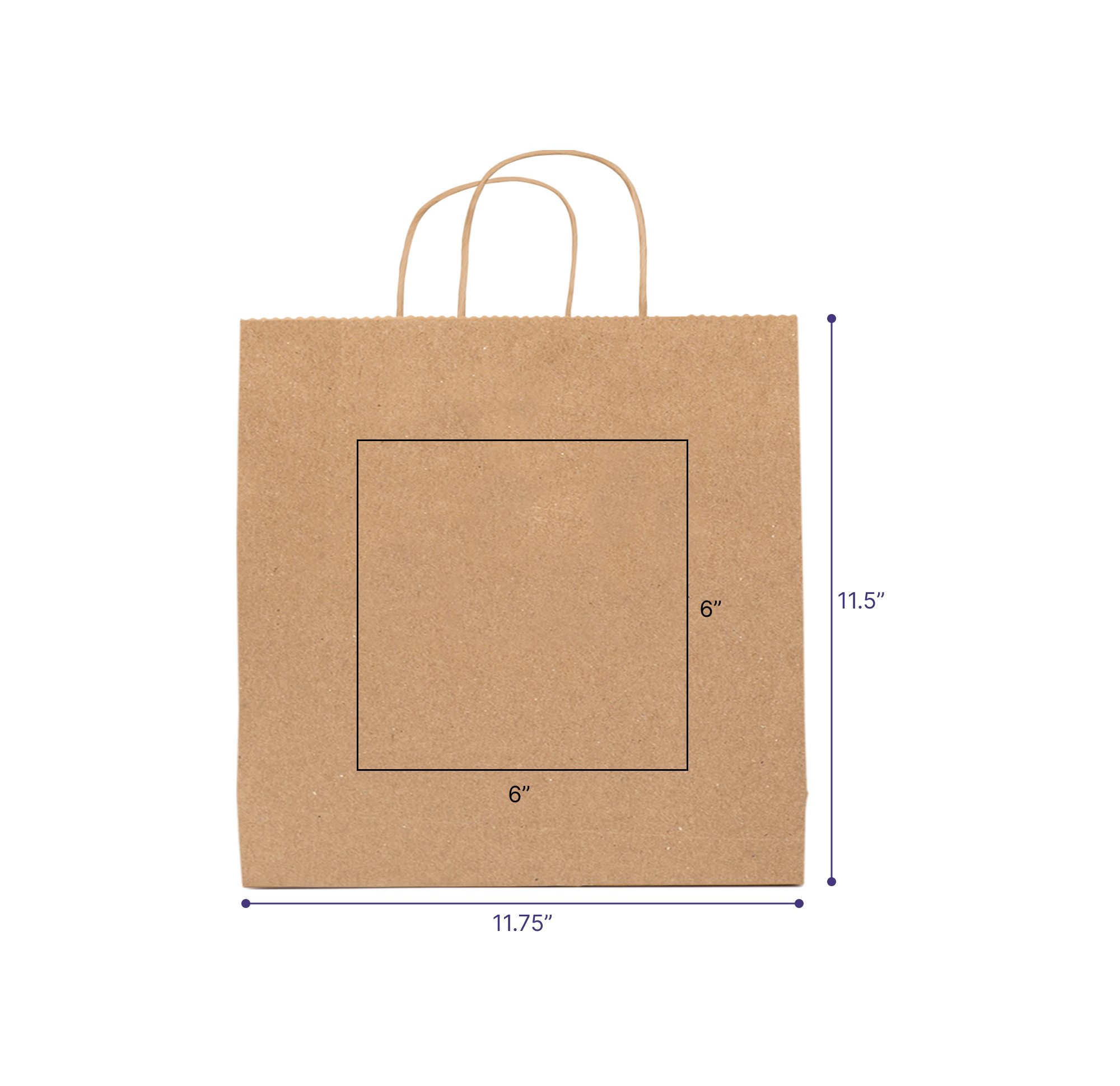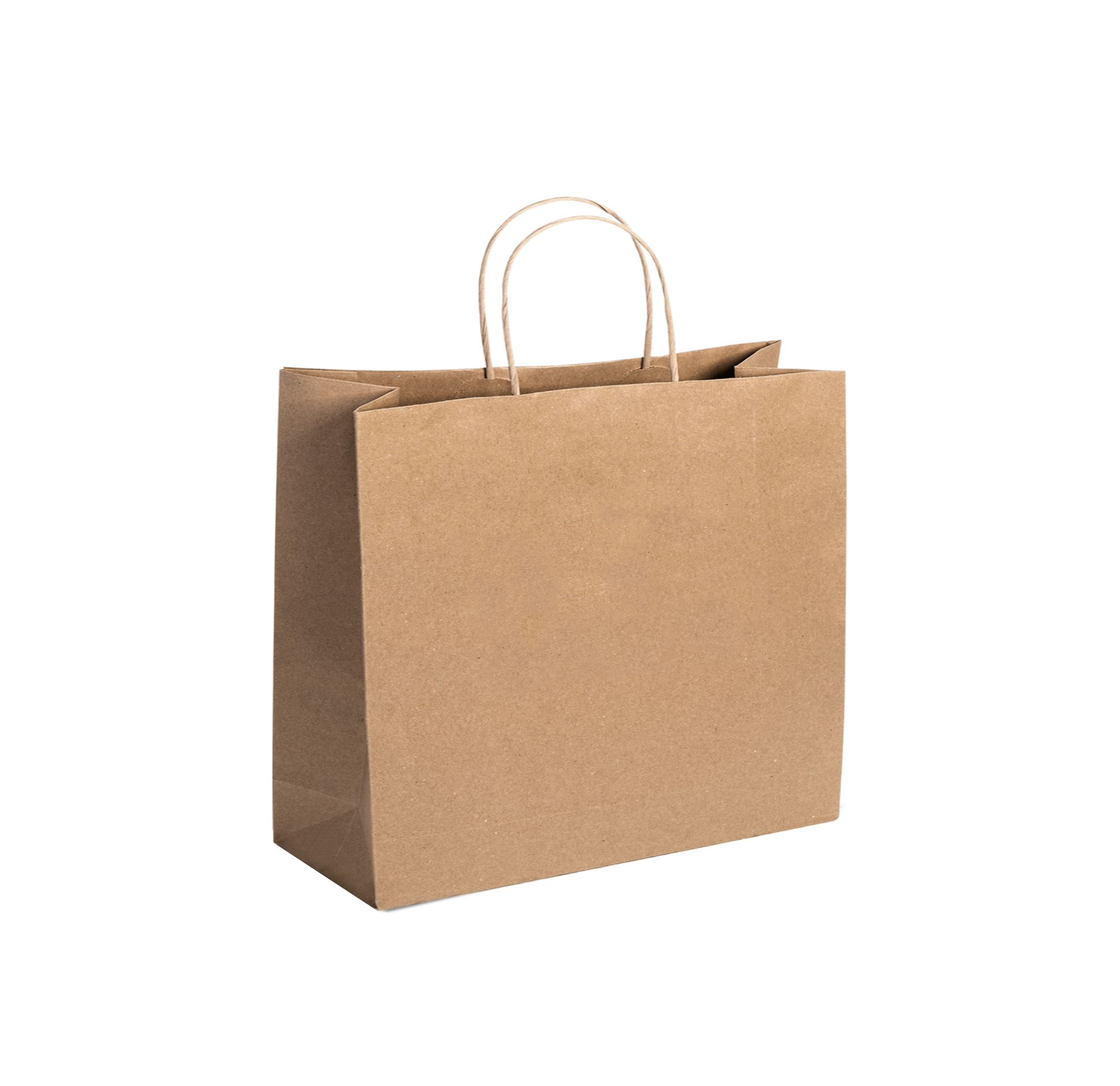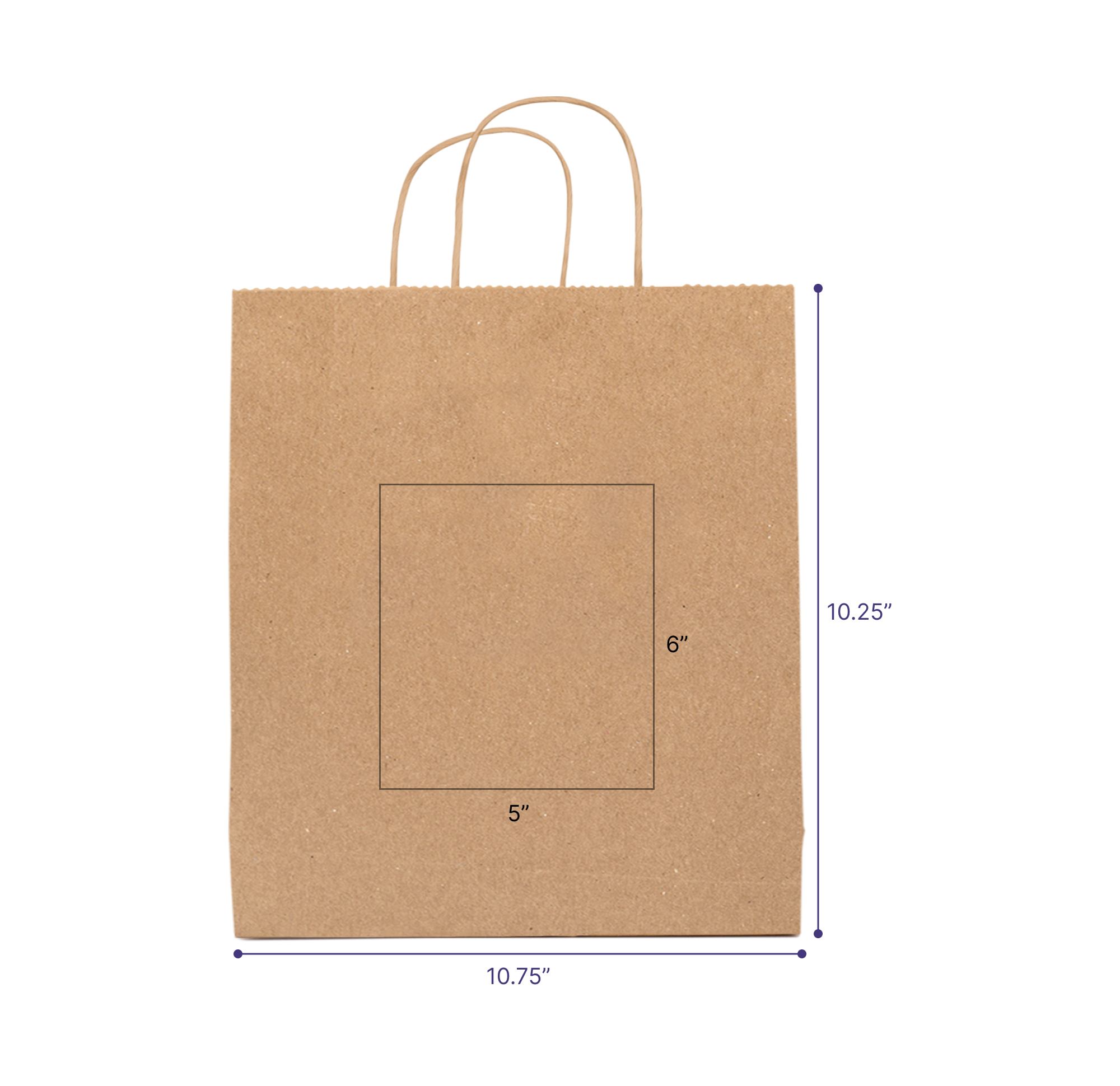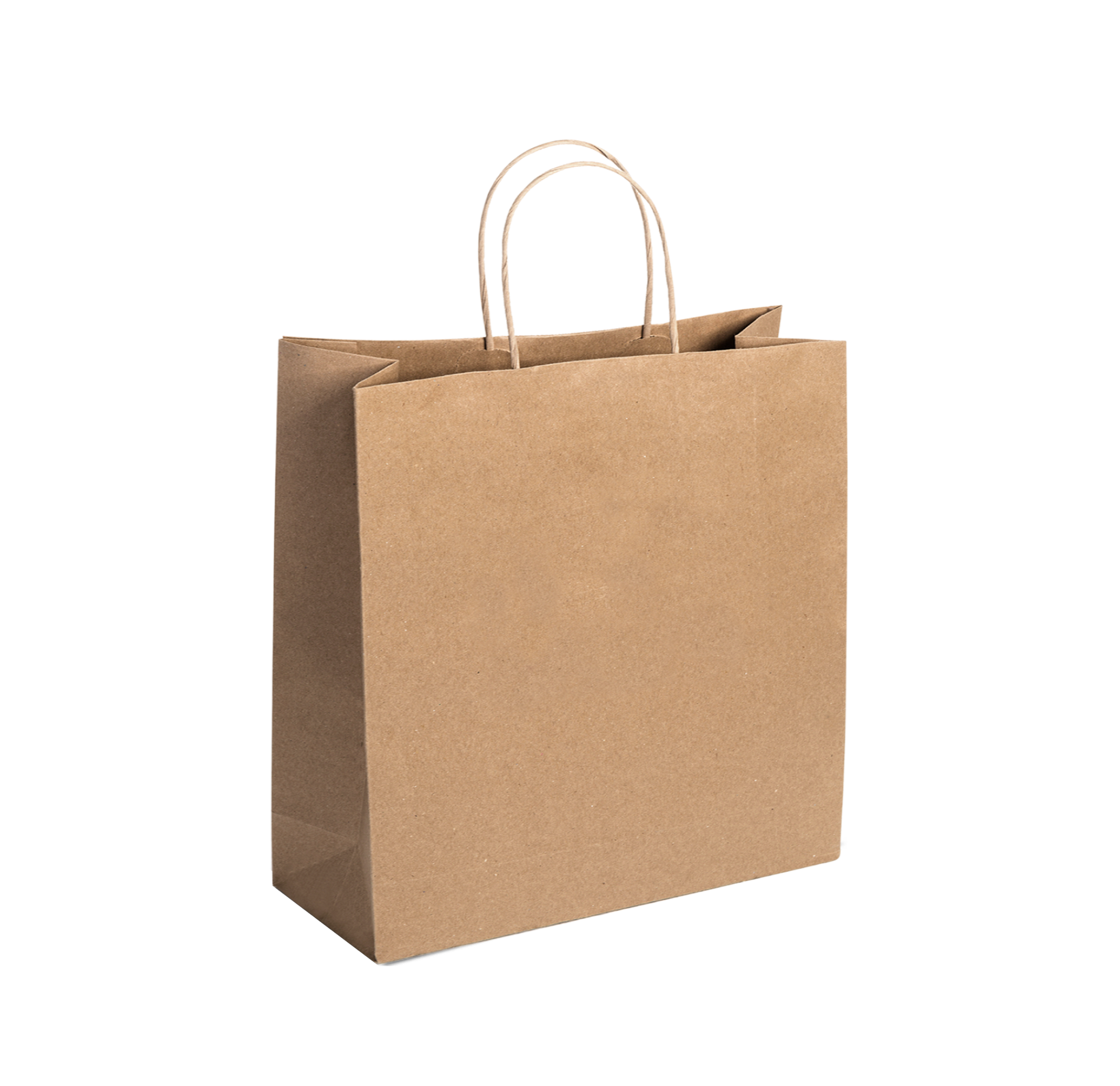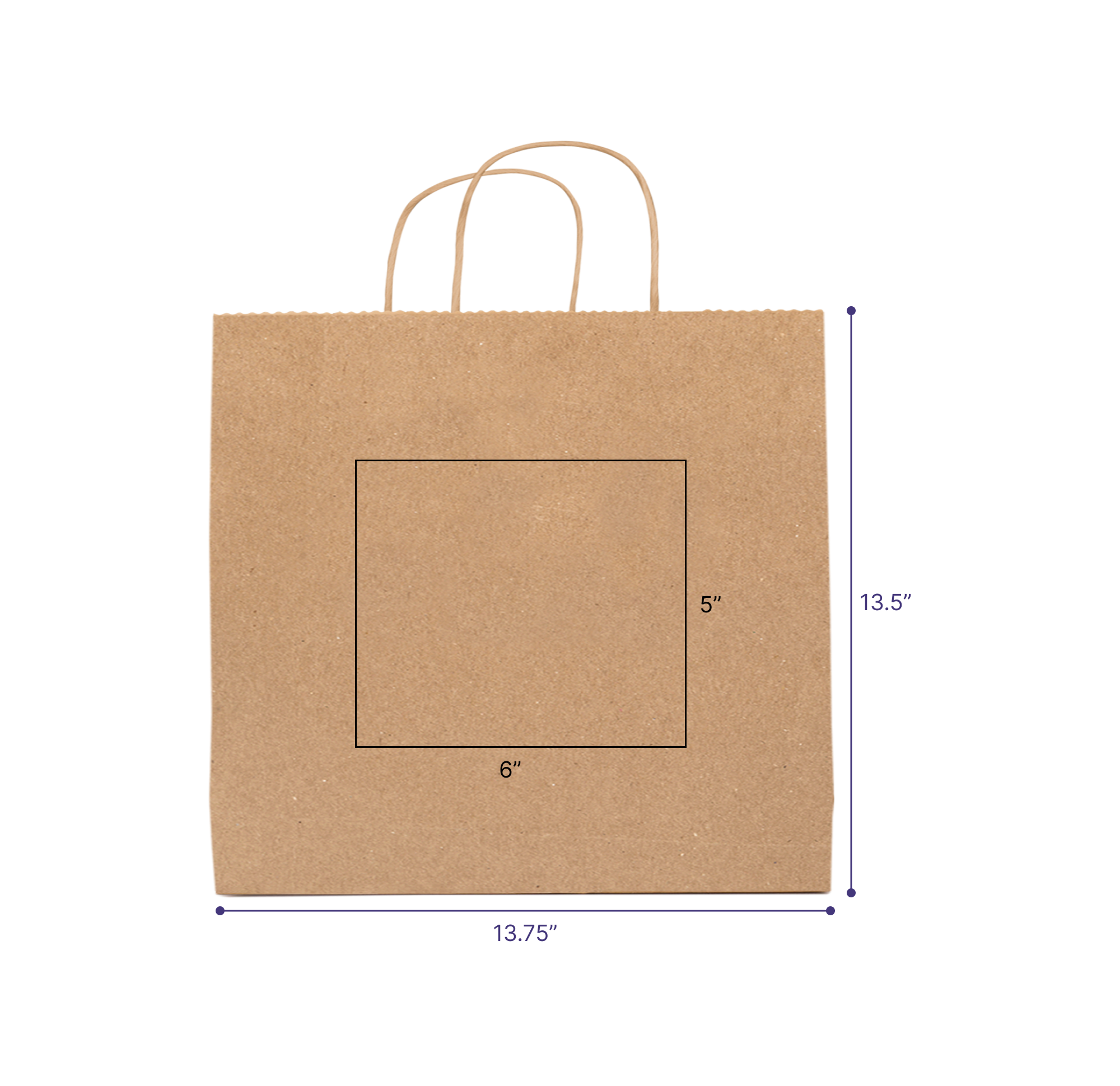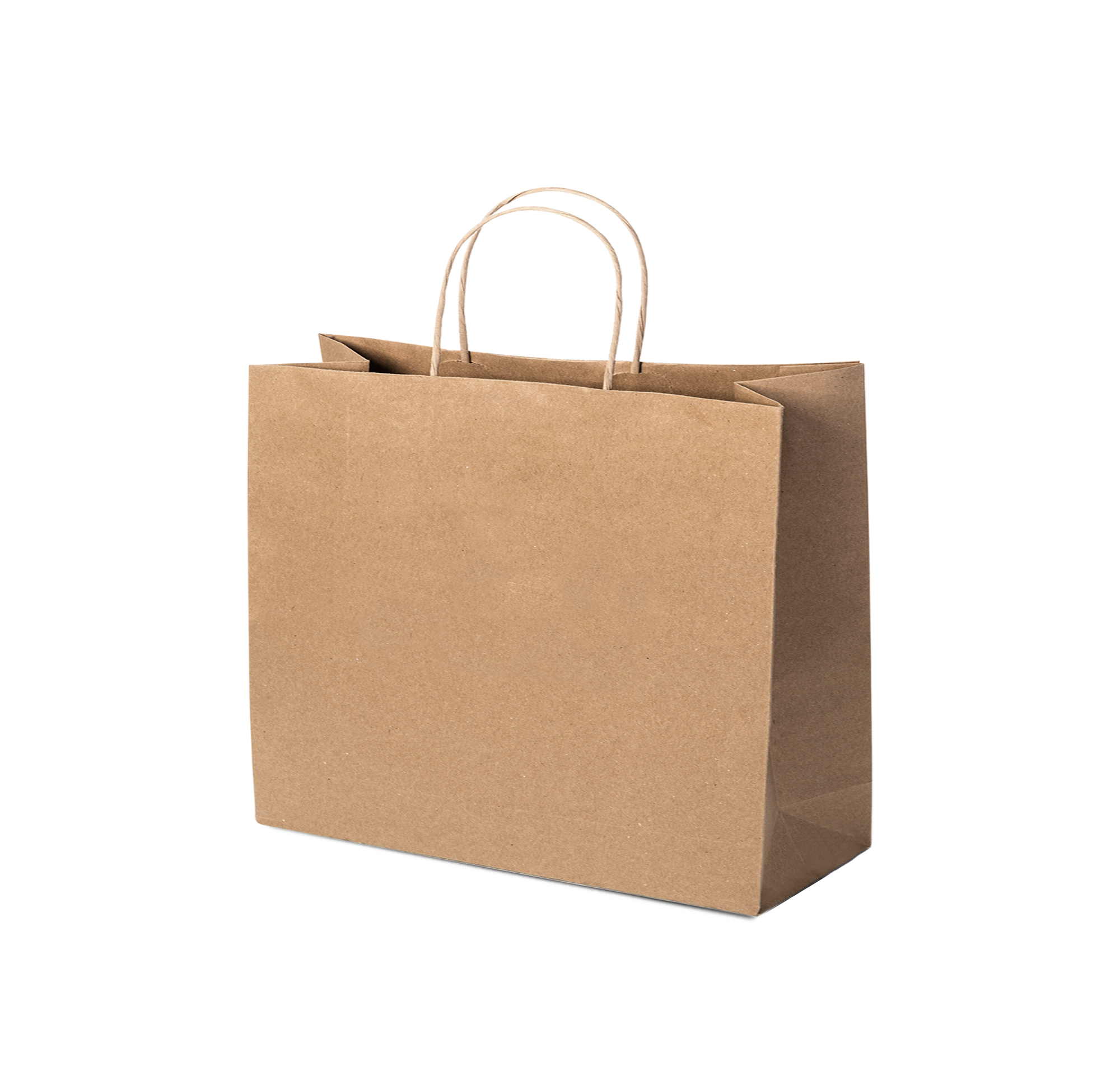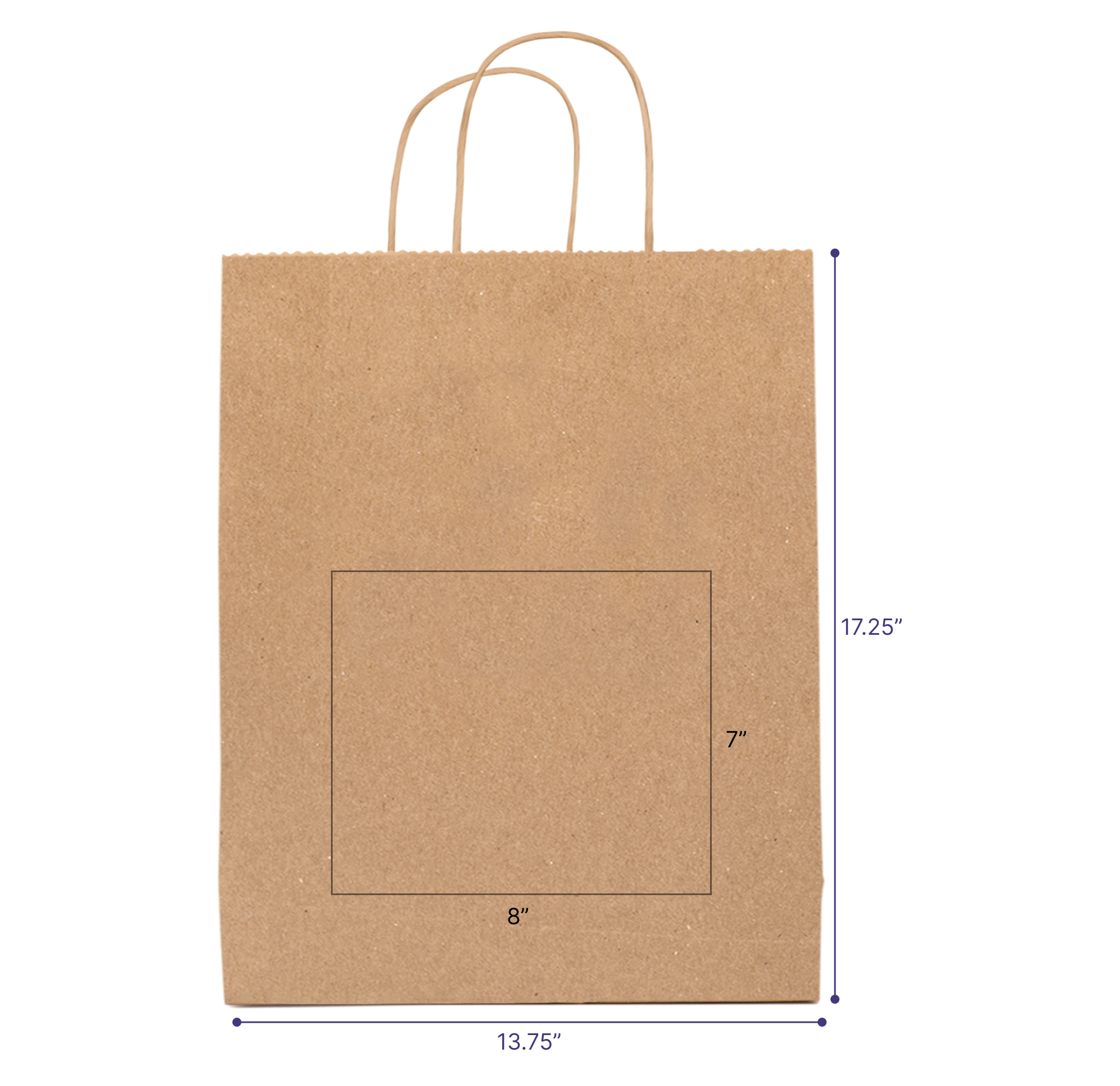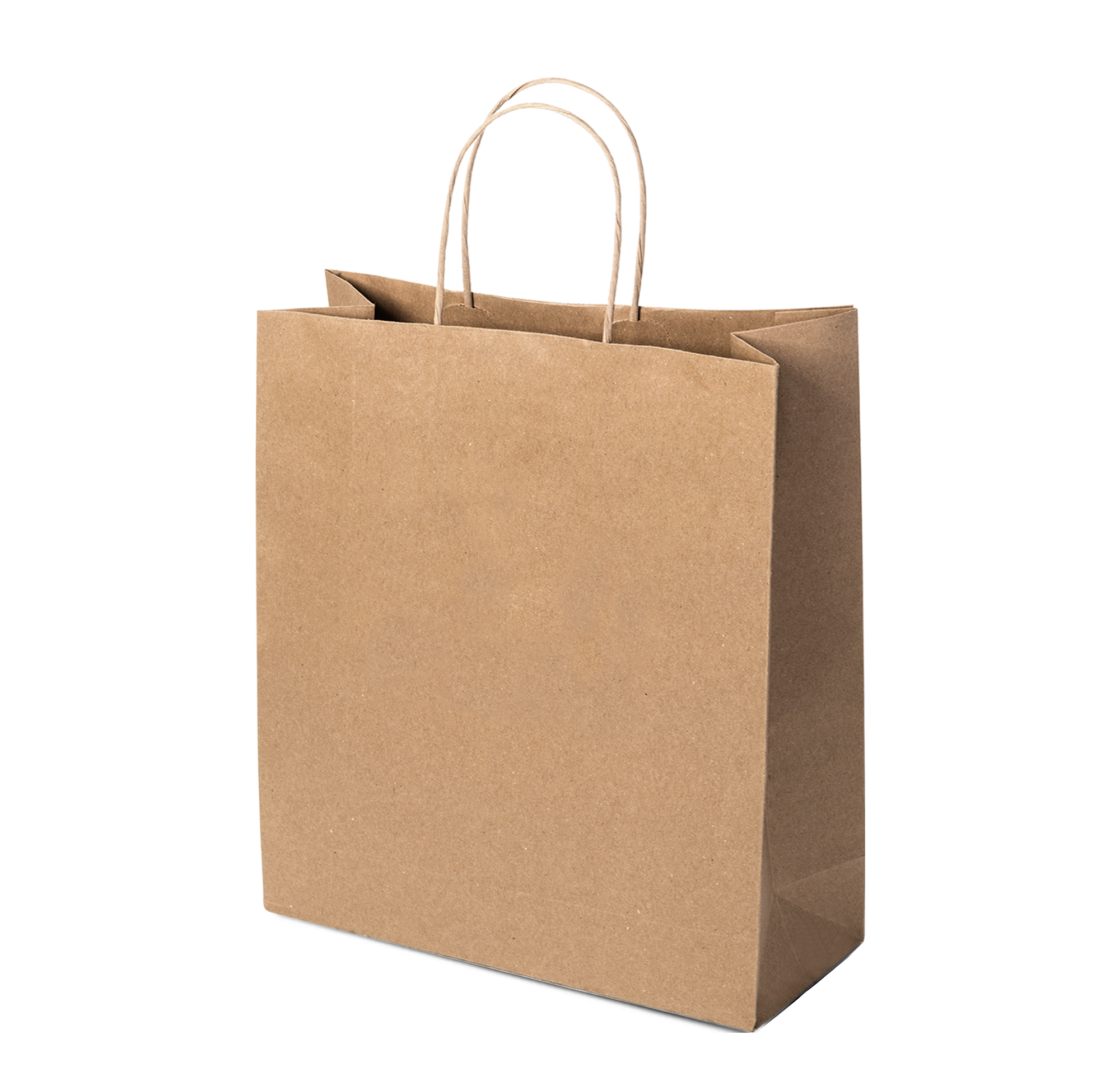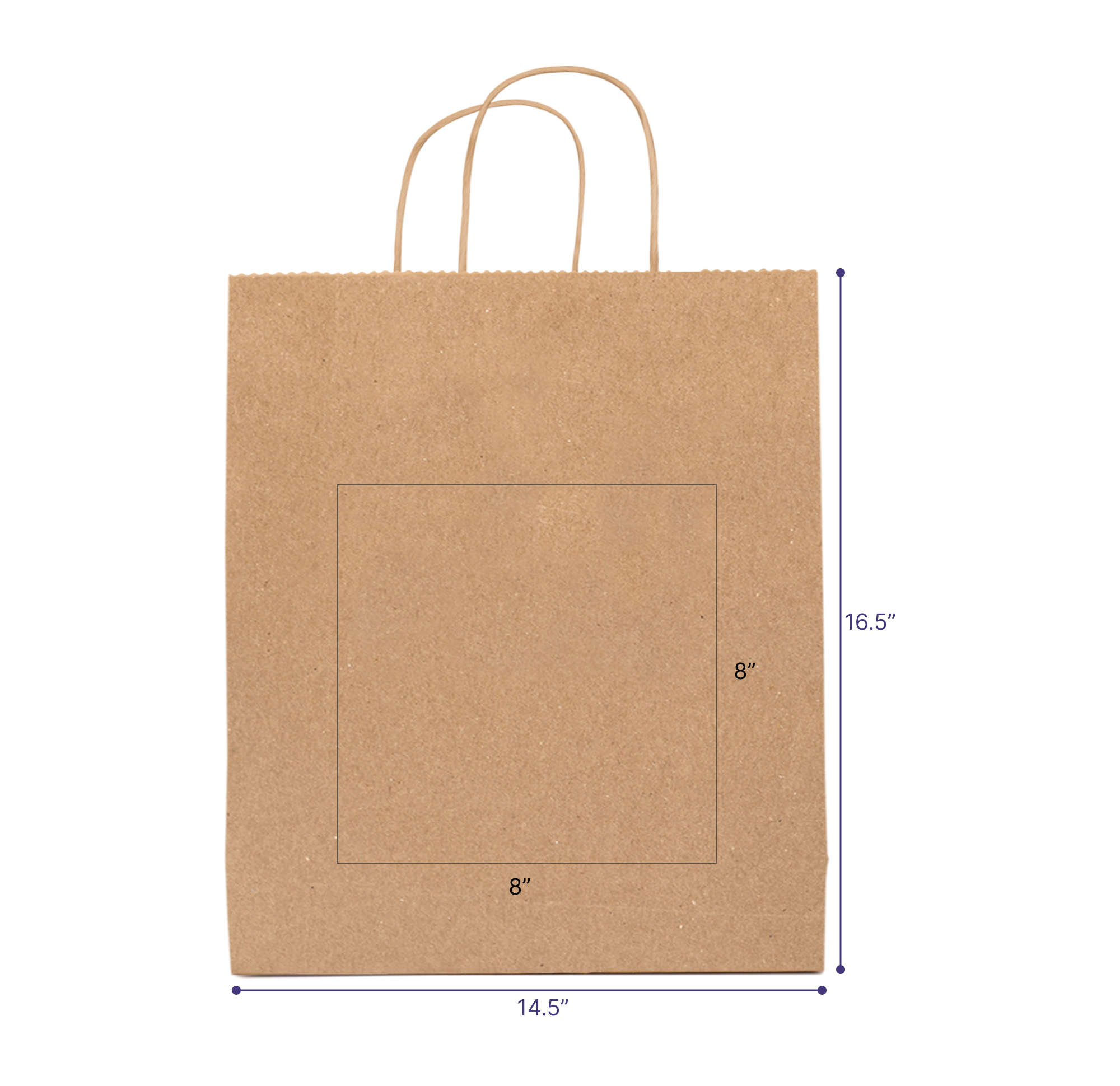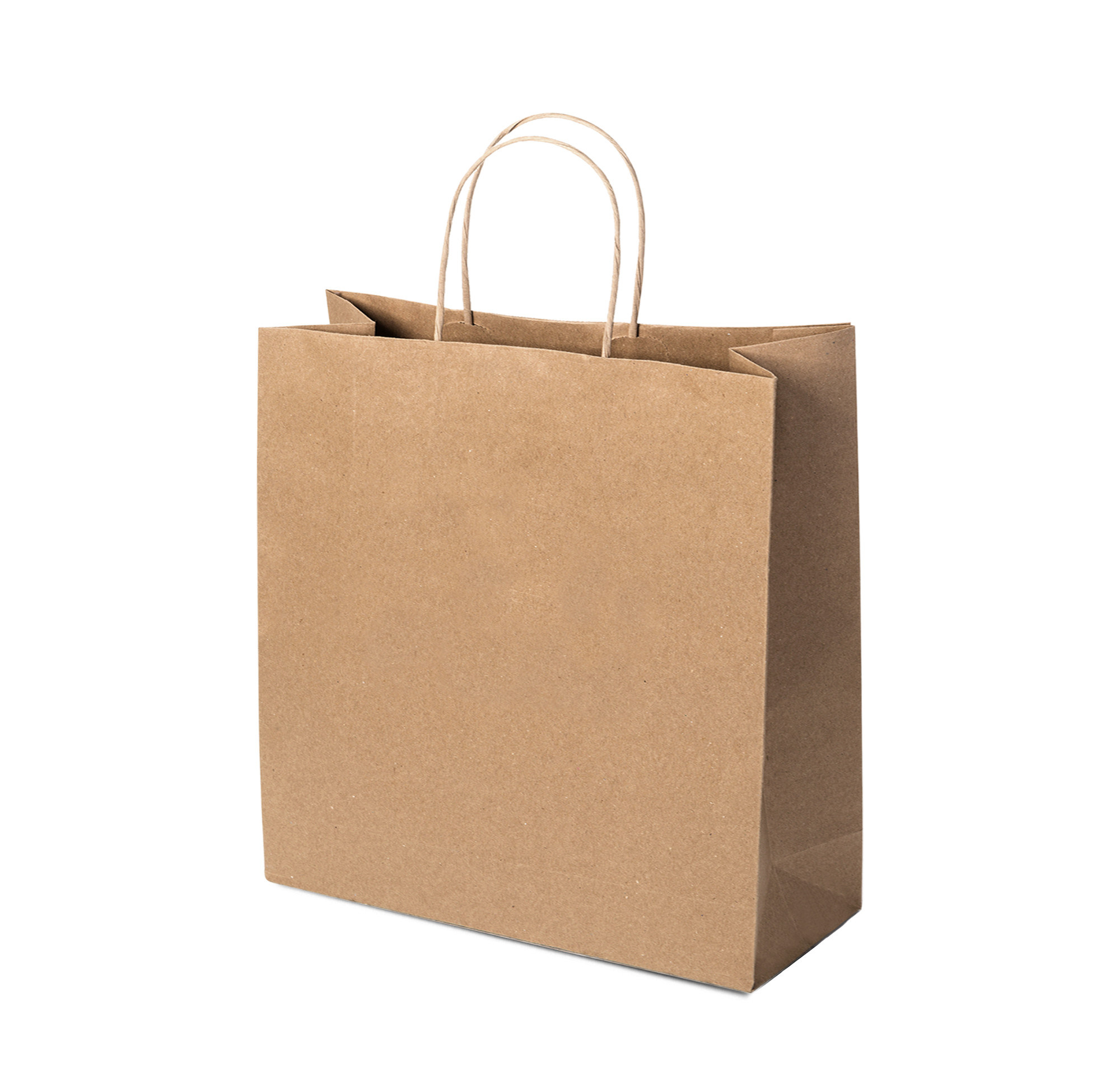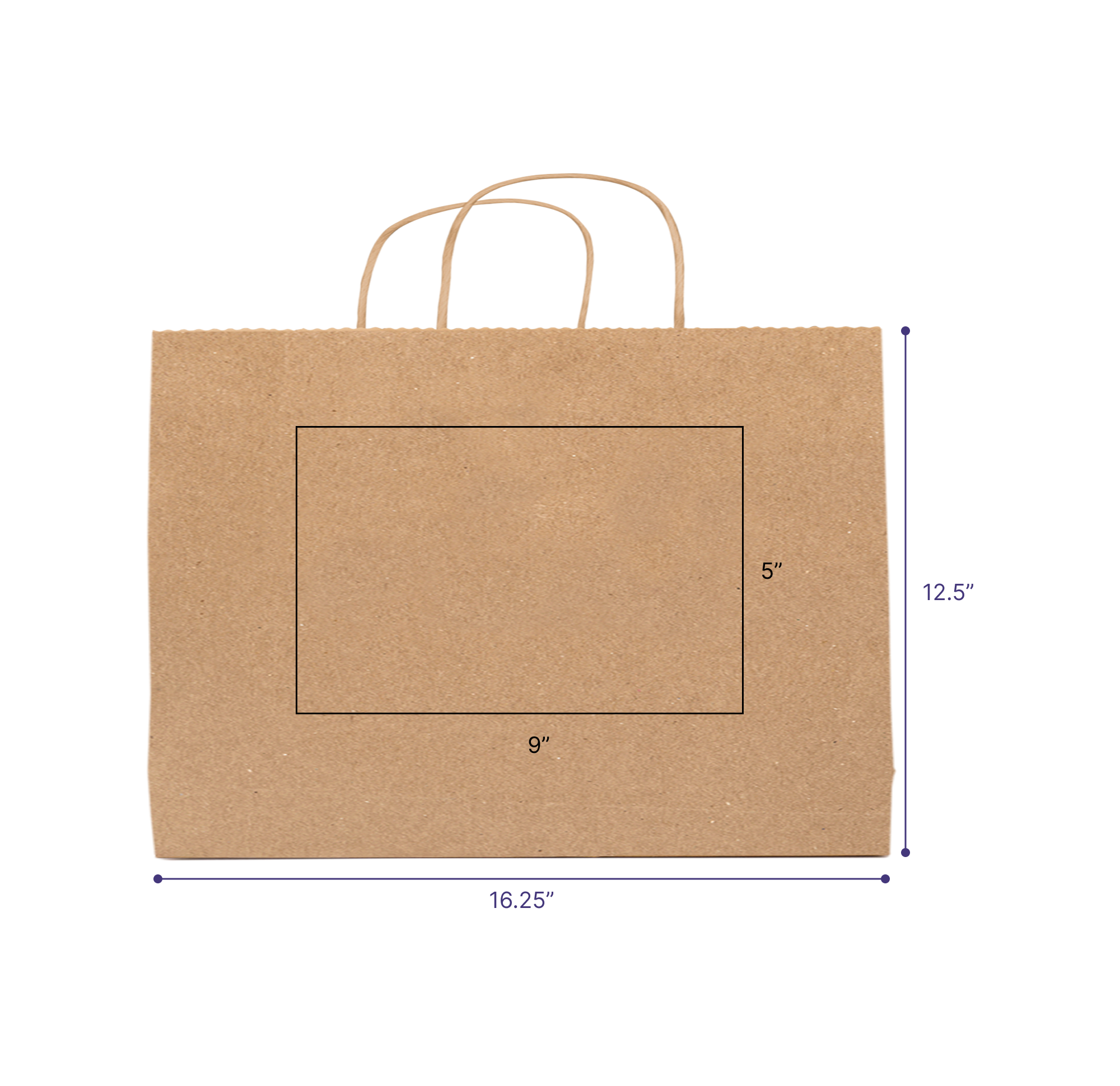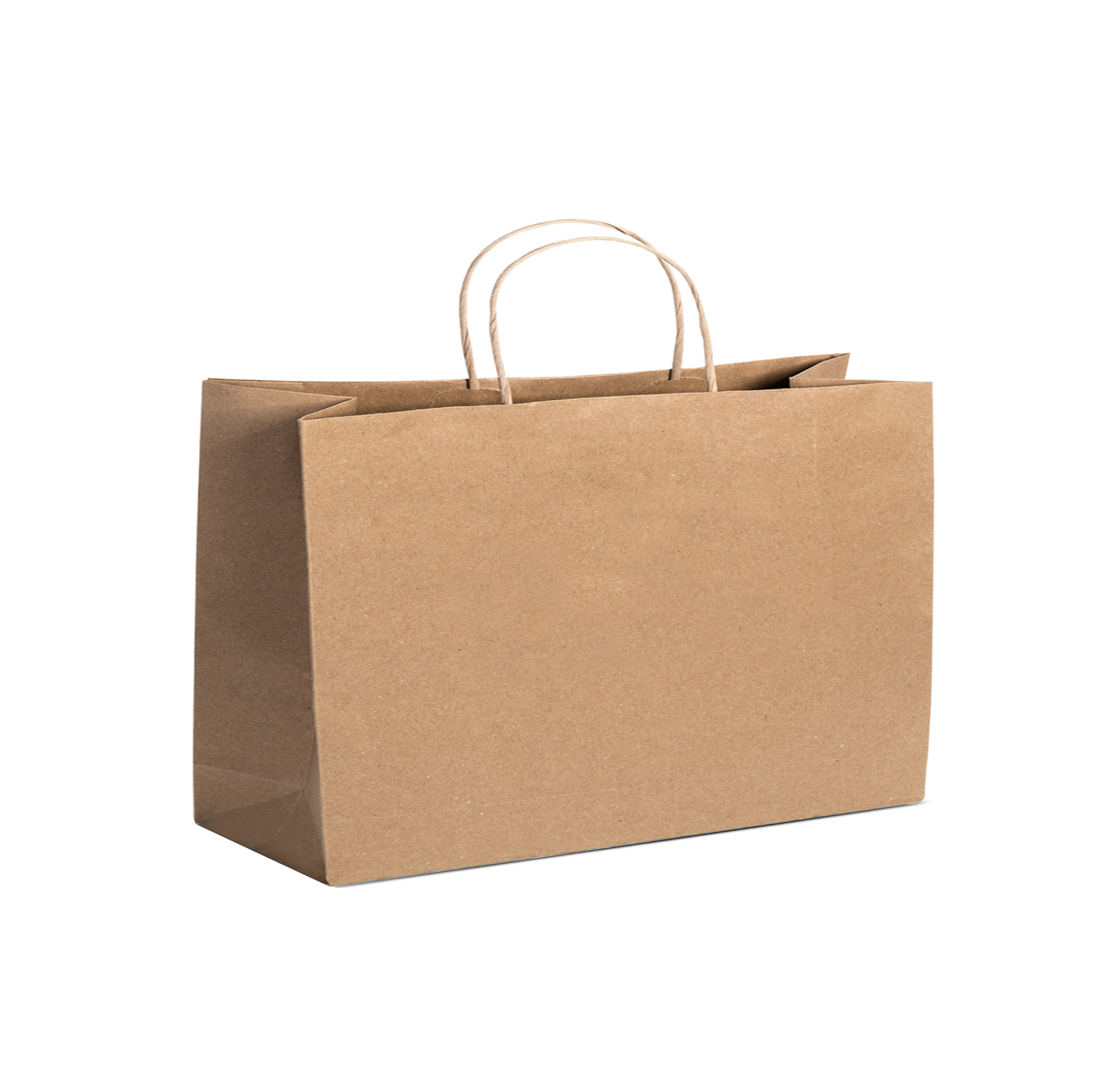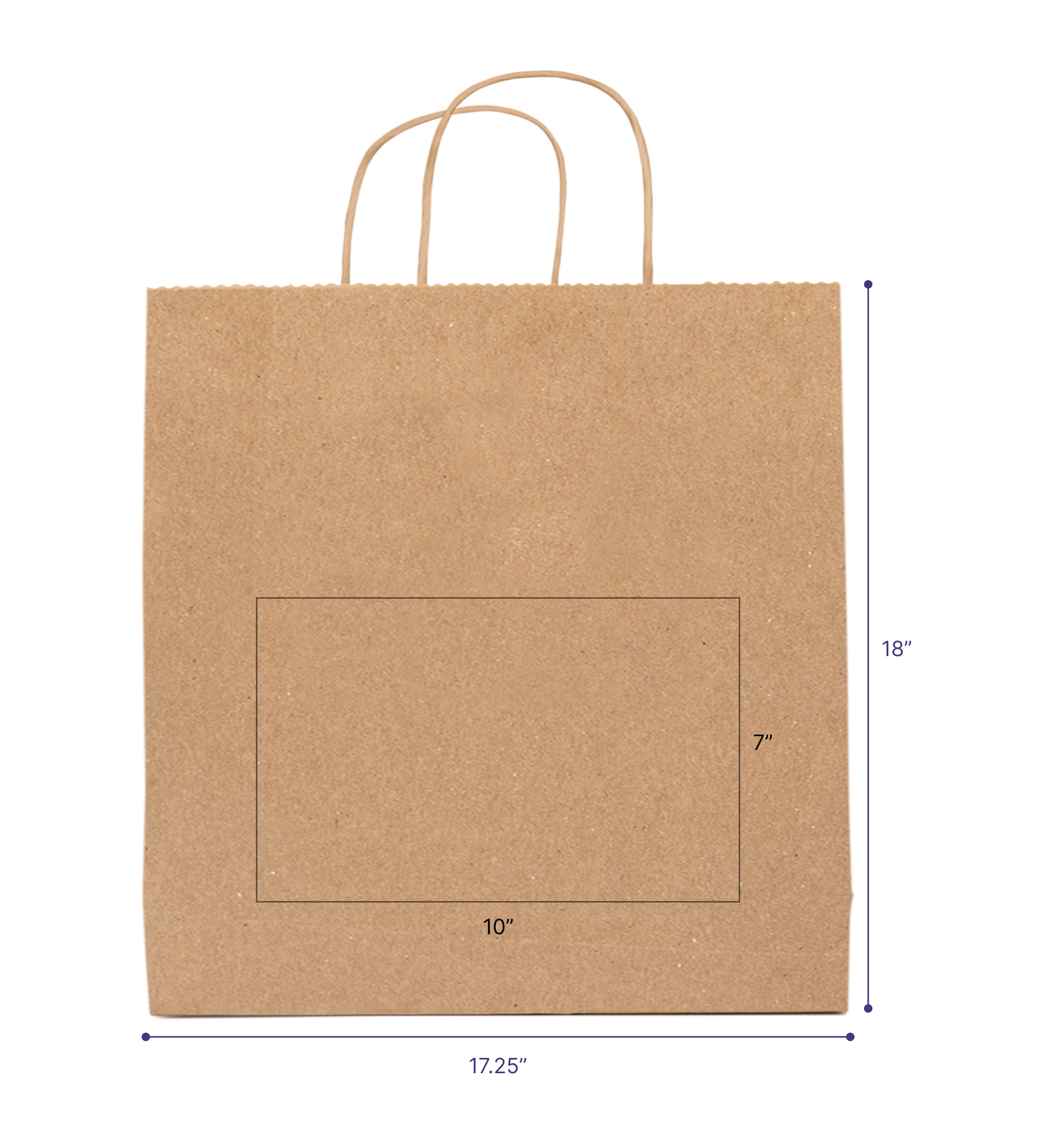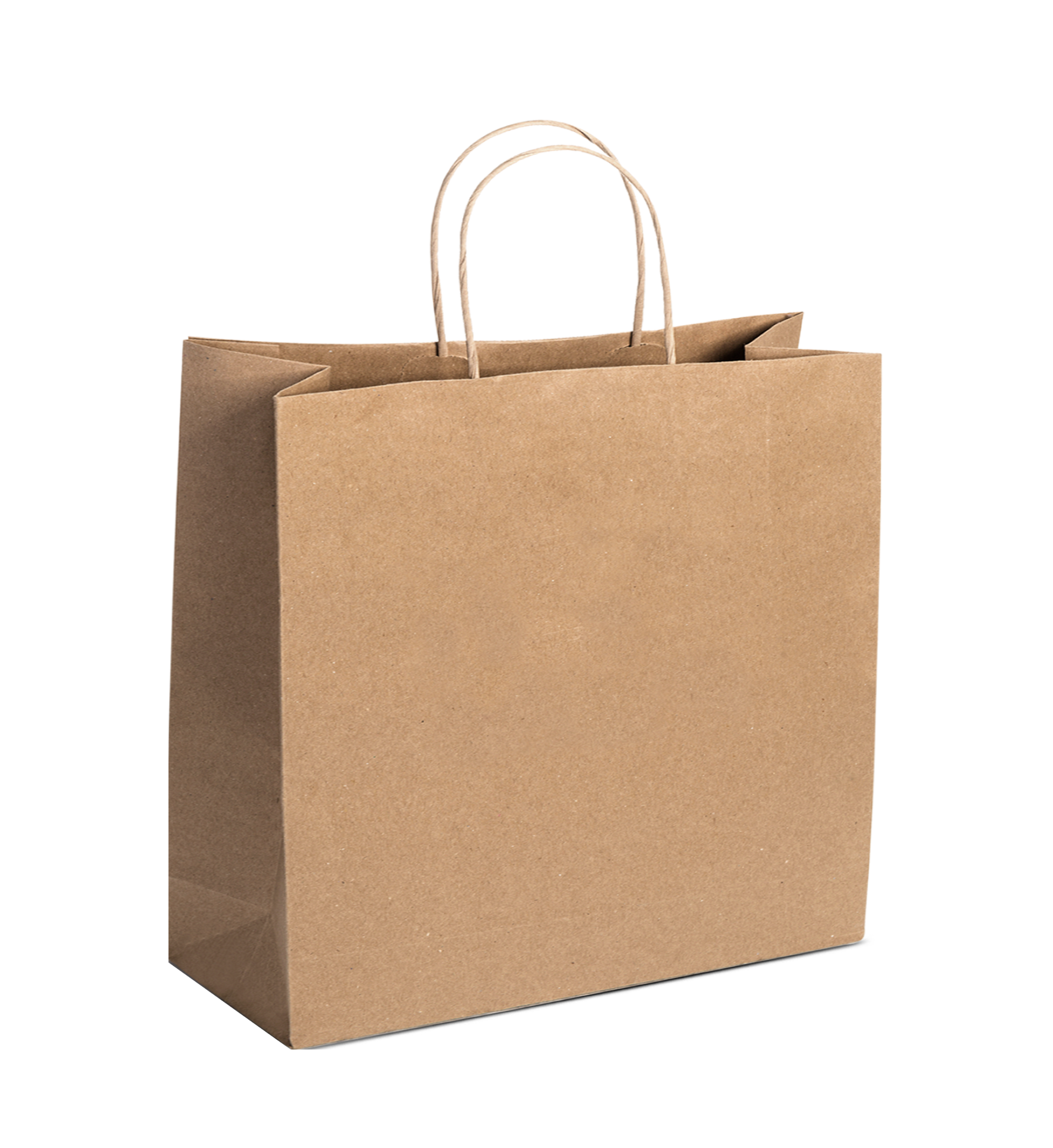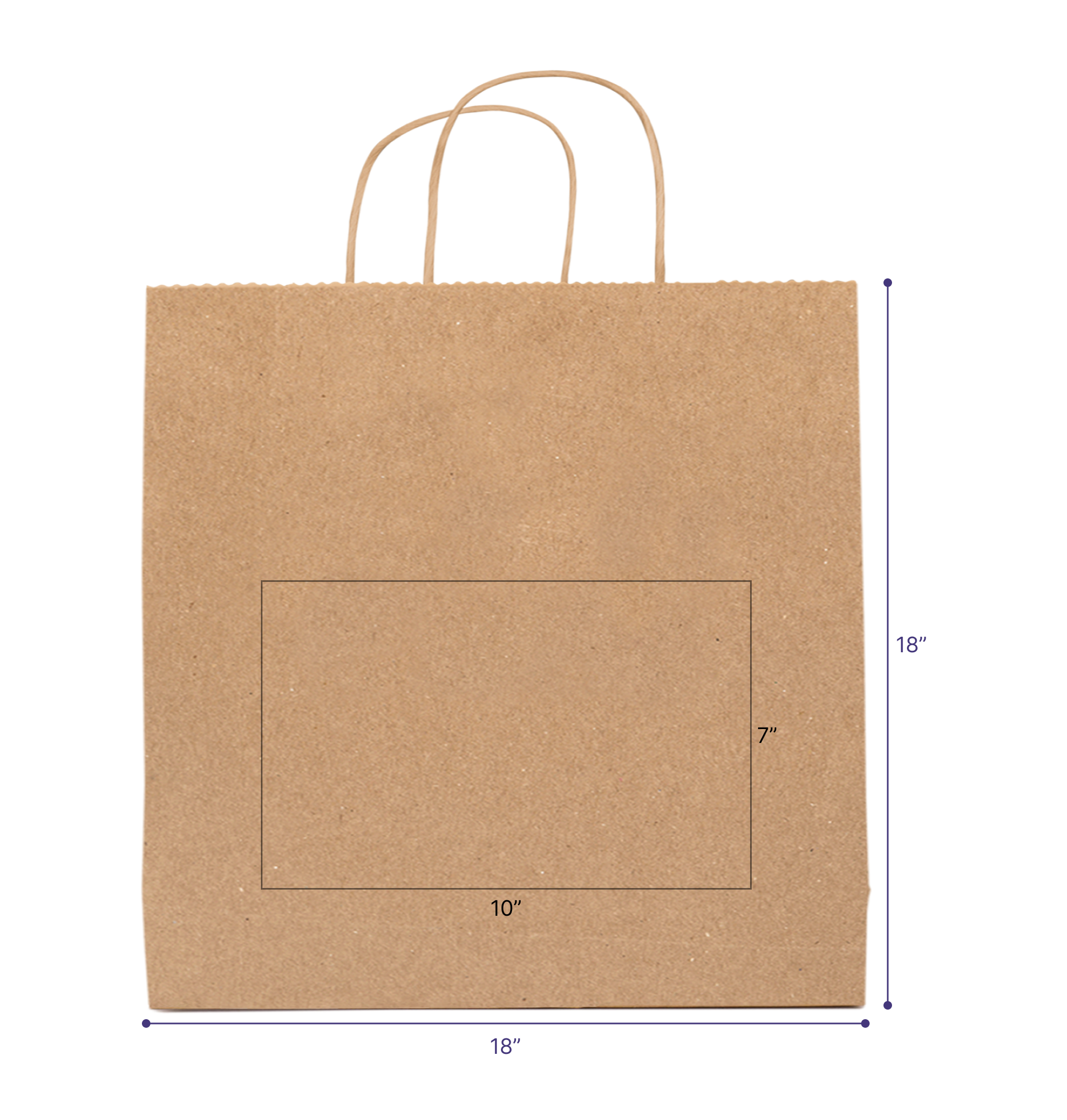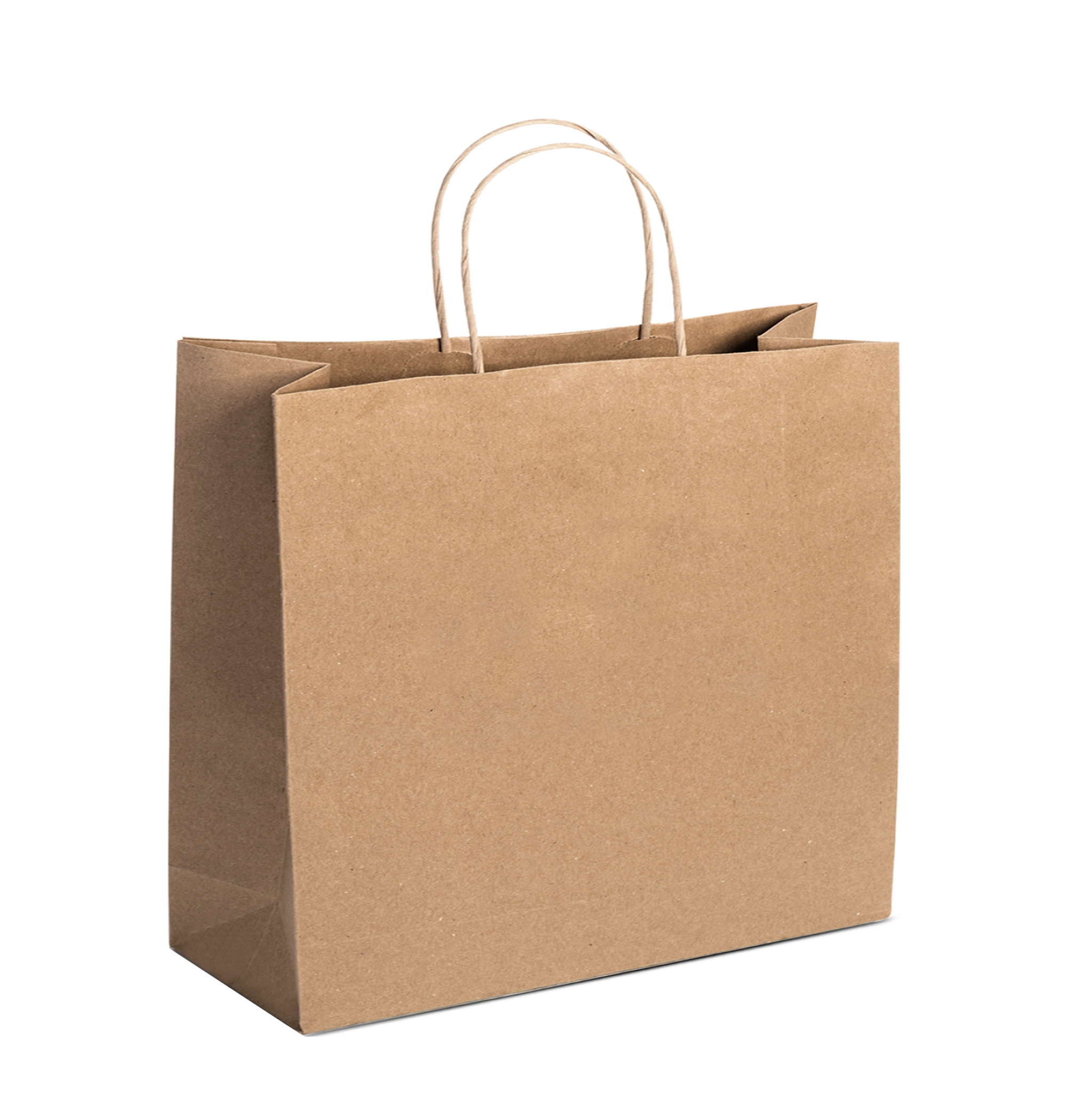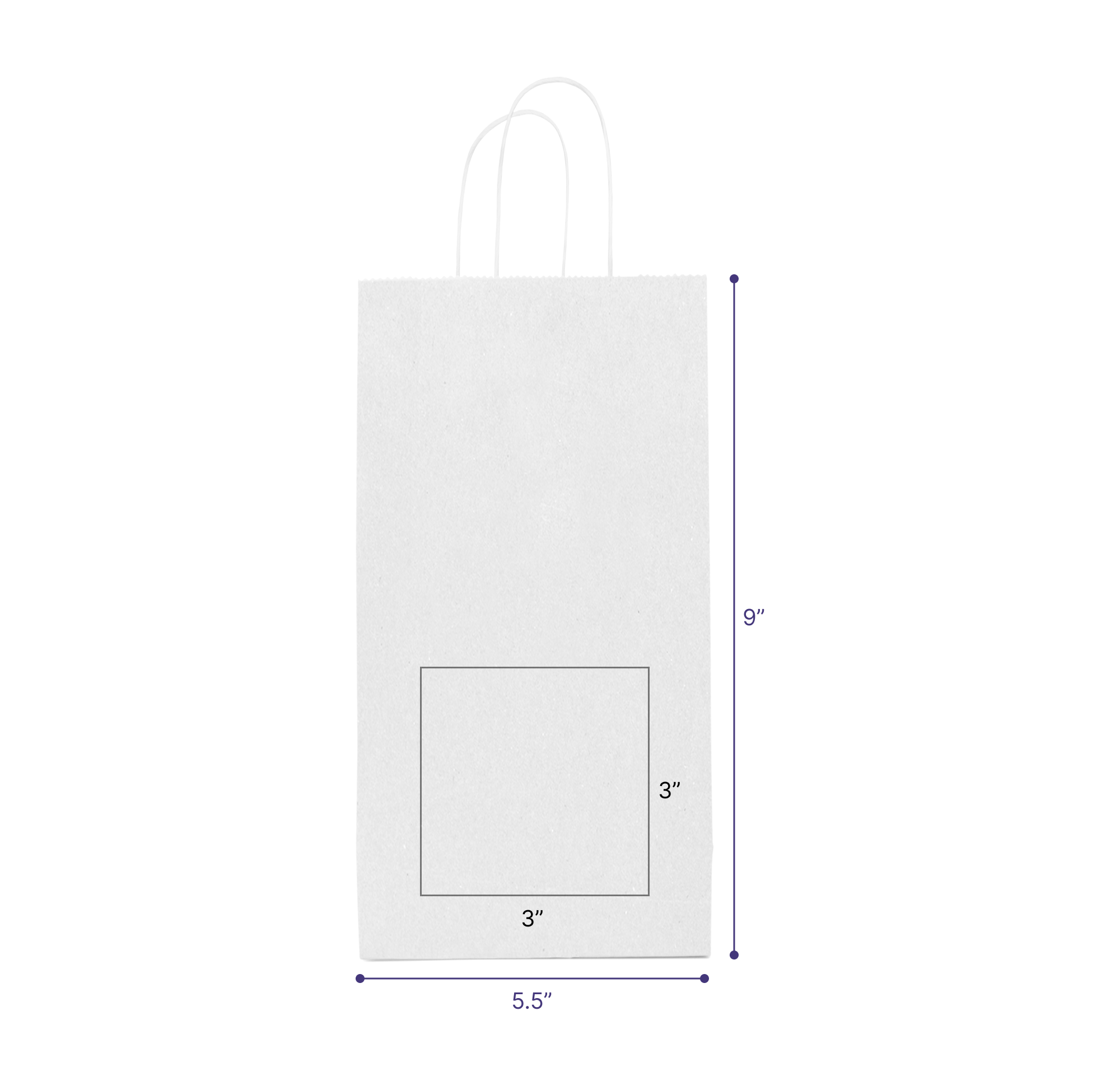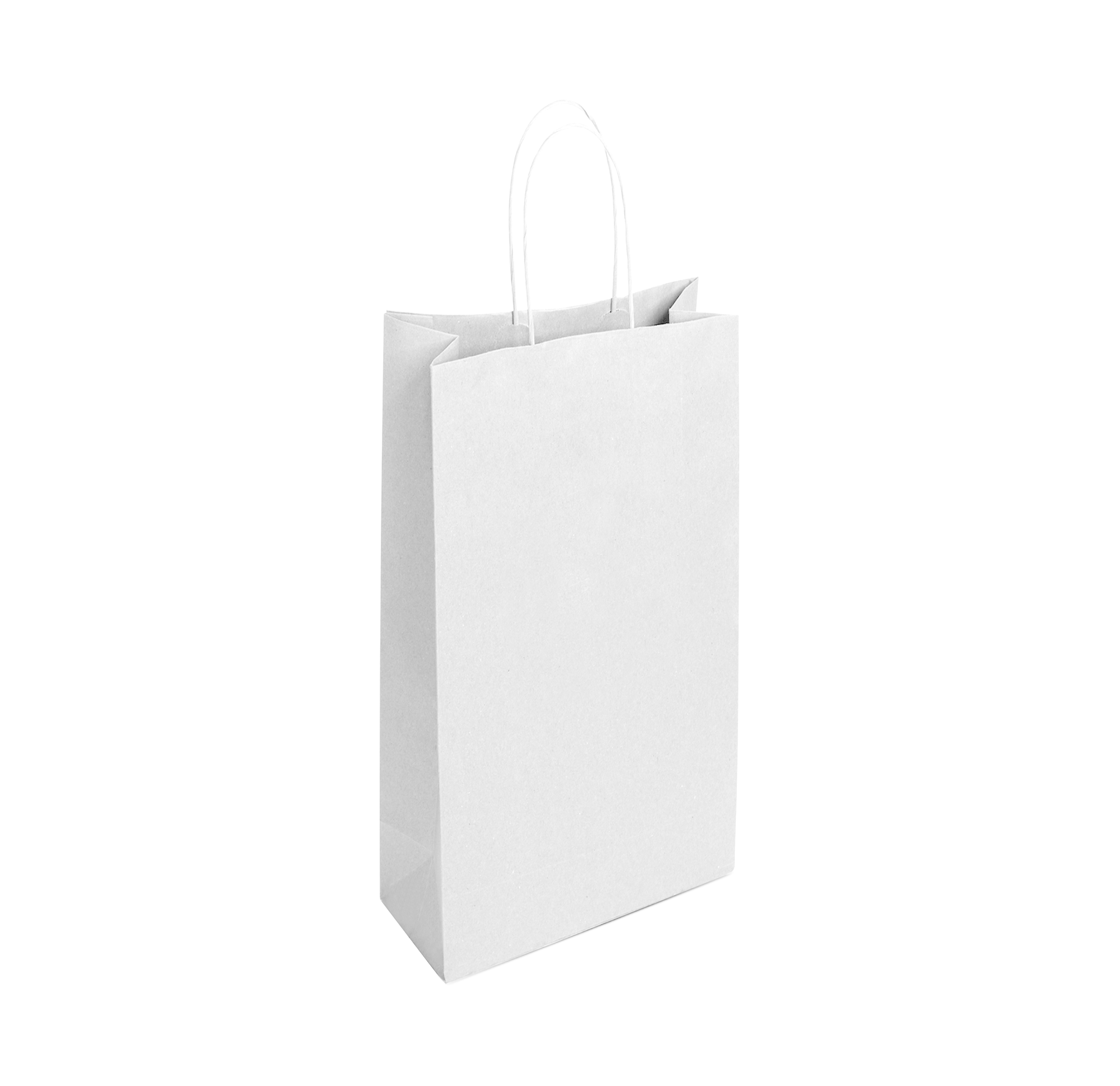
How to Choose the Perfect Material for Your Paper Bags

Paper bags are not only an eco-friendly packaging option, but they can also represent your brand identity and enhance the customer experience. However, selecting the right material for your paper bags is crucial to ensure durability, aesthetics, and sustainability. In this blog, we will guide you through the key factors to consider when choosing the perfect material for your paper bags.
1. CONSIDER STRENGTH AND DURABILITY
The first aspect to consider is the strength of the material, especially if your products are heavy or bulky. The paper’s grammage, which refers to the thickness and weight of the material, is an important indicator of its durability. Some of the most common materials include:
- Kraft Paper: Known for its durability and strength, kraft paper is ideal for heavier products. Its rustic finish also gives it an eco-friendly look that consumers appreciate.
- Recycled Paper: If your goal is to maximize sustainability, recycled paper is a great option. While it may be slightly less durable than kraft, it is still sufficient for lighter products.
2. SUSTAINABILITY: THE KEY TO A RESPONSIBLE BRAND
Environmental impact is an increasing concern, and opting for sustainable materials is a way to differentiate your brand. Consumers are more inclined to choose companies that use eco-friendly practices. Some of the most sustainable options include:
- Recycled Paper: As mentioned, it’s not only eco-friendly but also has a natural texture that highlights your company’s green values.
- Compostable or Biodegradable Paper: Some materials are designed to decompose naturally, significantly reducing their environmental impact.
3. CHOOSE THE RIGHT FINISH FOR YOUR BRAND
The finish of the material can greatly impact how your customers perceive the quality of your products. Here are some common options:
- Matte: A matte finish tends to convey a sophisticated and elegant feel, perfect for premium brands.
- Glossy: Glossy finishes can make colors and graphics stand out, which is ideal if you’re looking for a more eye-catching look.
- Natural: The rustic finish of kraft paper aligns well with brands that promote organic or handmade products.
4. THINK ABAUT CUSTOMIZATION AND PRINTING
It’s essential to choose a material that works well with printing processes. Some materials allow for more detailed printing or more vibrant colors. Consider these factors when customizing your paper bags:
- Coated Paper: This material has a smooth surface that facilitates detailed printing and vibrant colors.
- Kraft Paper: While more challenging to print on than coated paper, its natural and rustic tone can enhance simple and sustainable designs.
5. SIZE AND THICKNESS MATTER
Depending on the type of products you offer, you’ll need to choose a material that suits both the size and thickness required. Thicker, stronger paper is ideal for larger or heavier products, while lighter paper may suffice for smaller or lower-value items.
- 70-90 g/m²: Ideal for small or light products such as accessories or clothing.
- 100-120 g/m²: Perfect for medium-sized products like books or food items.
- 130 g/m² and above: Recommended for heavy or bulky items like wine bottles or tech products.
6. COST VS. VALUE
The material of your paper bags can influence production costs, but it also impacts how your brand is perceived. More durable materials with premium finishes may be more expensive, but they project a superior quality image. On the other hand, more economical materials like recycled paper can be more affordable and align with sustainable values that many consumers appreciate.
7. TRENDS IN INNOVATIVE MATERIALS
The packaging industry is constantly evolving, and more brands are opting for innovative materials that combine sustainability and functionality. Some of the newest options include:
- Papers with Natural Fibers: These papers are often made from fibers like bamboo or cotton, giving them a unique and eco-friendly texture.
- Seed-Embedded Papers: Ideal for eco-campaigns, these papers contain seeds that, when disposed of, can be planted to grow new plants.






